As AI tools gain traction in drug development, there is growing enthusiasm around their potential to predict drug-induced liver injury (DILI).

Beyond the Linear Model in Concentration-QT Analysis
This work introduces several extensions for concentration-QT modeling in a pharmacometric context.
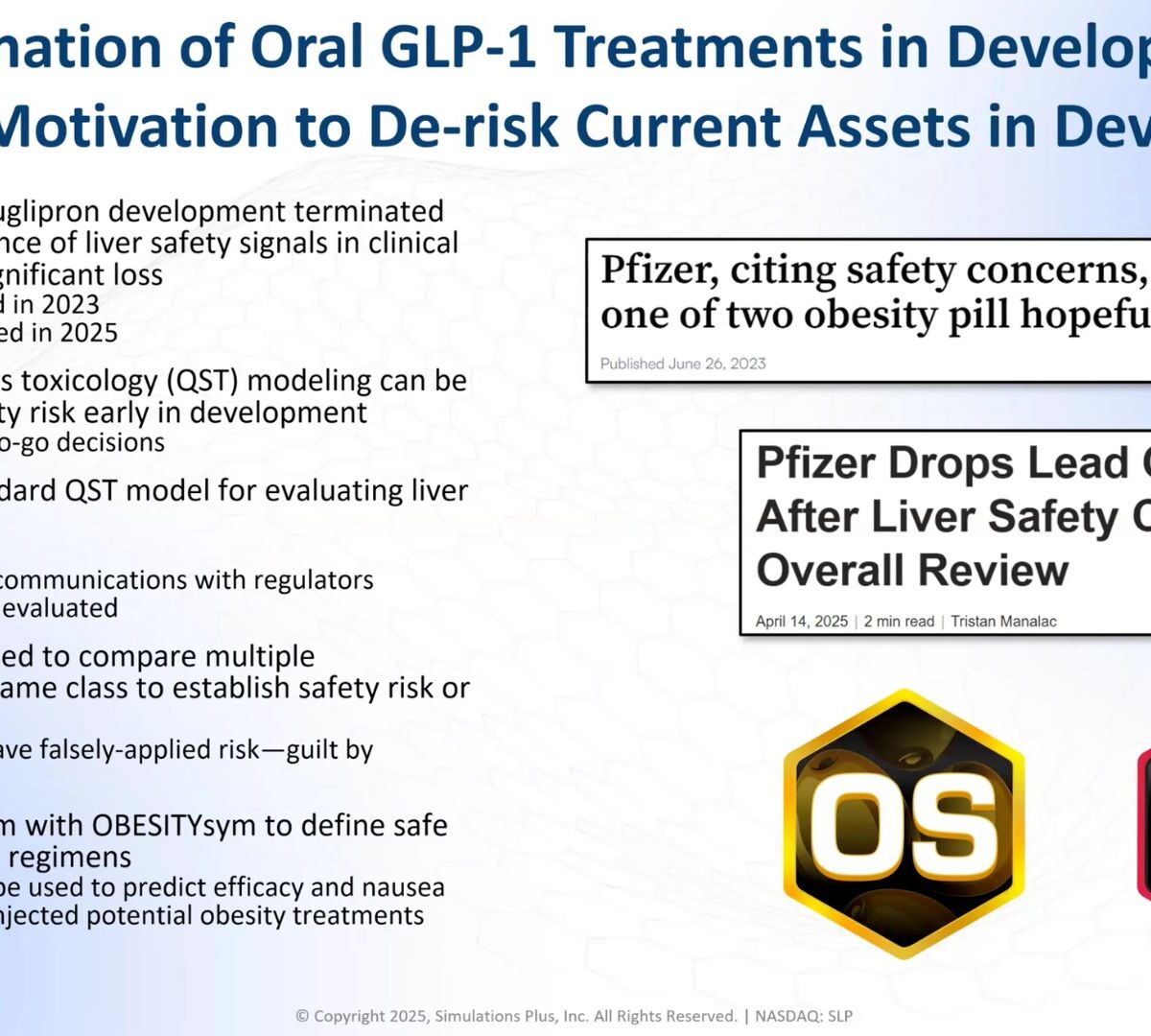
Smarter Clinical Development: How to Use QSP to Maximize the Value of GLP-1 Agonists
As the market for GLP-1 agonists expands, biotech companies face both immense opportunity and fierce competition. To stand out in this evolving landscape and enhance the likelihood of acquisition or out-licensing, early-stage companies must develop a strategic, data-driven clinical development plan.
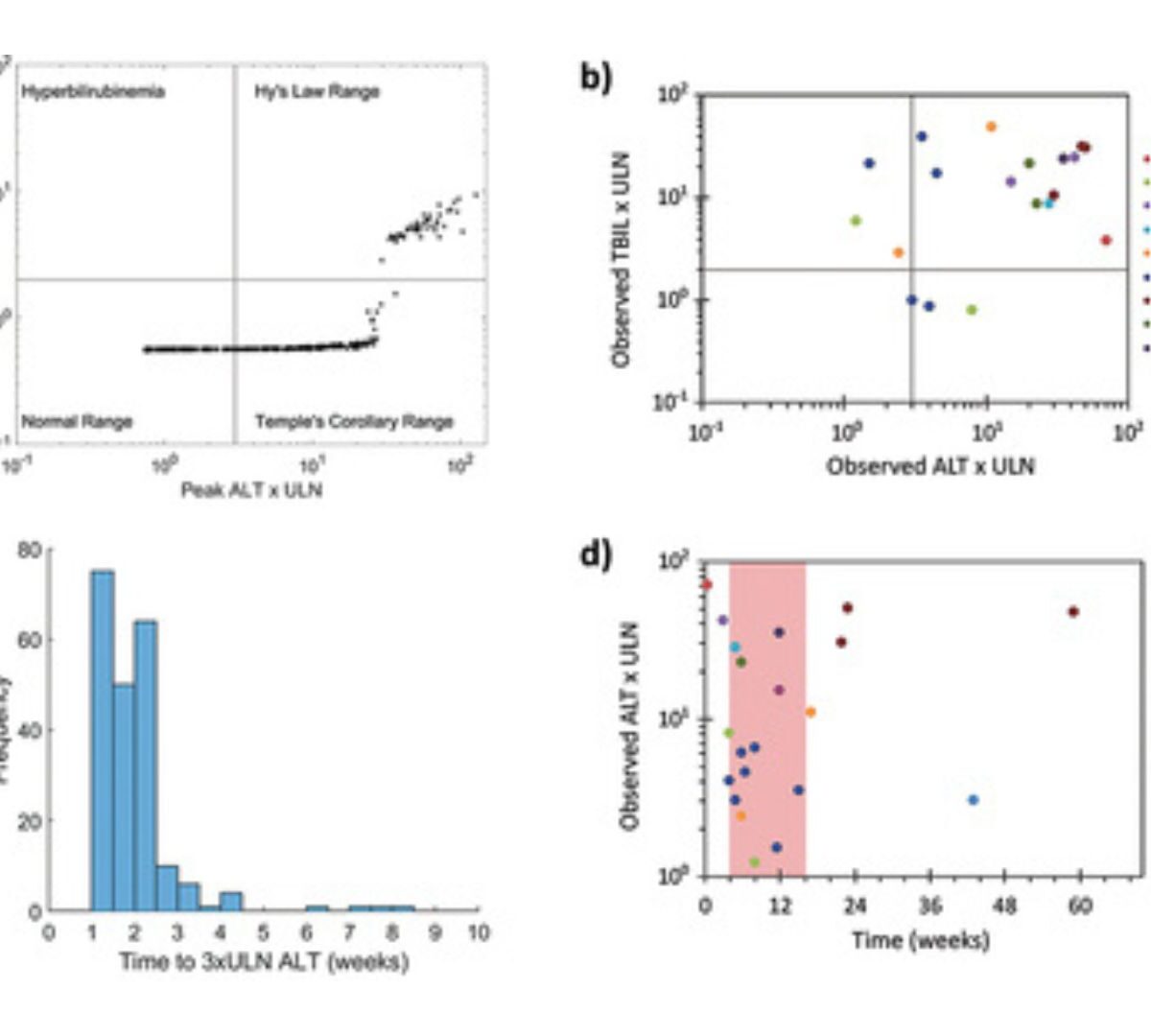
A Well-Characterized Mechanistic Model for Exploring Known or Hypothesized T cell Mediated Drug Induced Liver Injury: Current Capabilities and Challenges for Future Predictivity
Drug-induced liver injury (DILI) is an adverse event whose emergence can slow or halt drug development programs.

Phasing Out Animal Testing: Responding to FDA and EMA’s Strategic Shifts
Both the U.S. Food and Drug Administration (FDA) (1) and the European Medicines Agency (EMA) (2) have articulated clear regulatory expectations for the implementation and advancement of non-animal methods, known as new approach methodologies (NAMs).
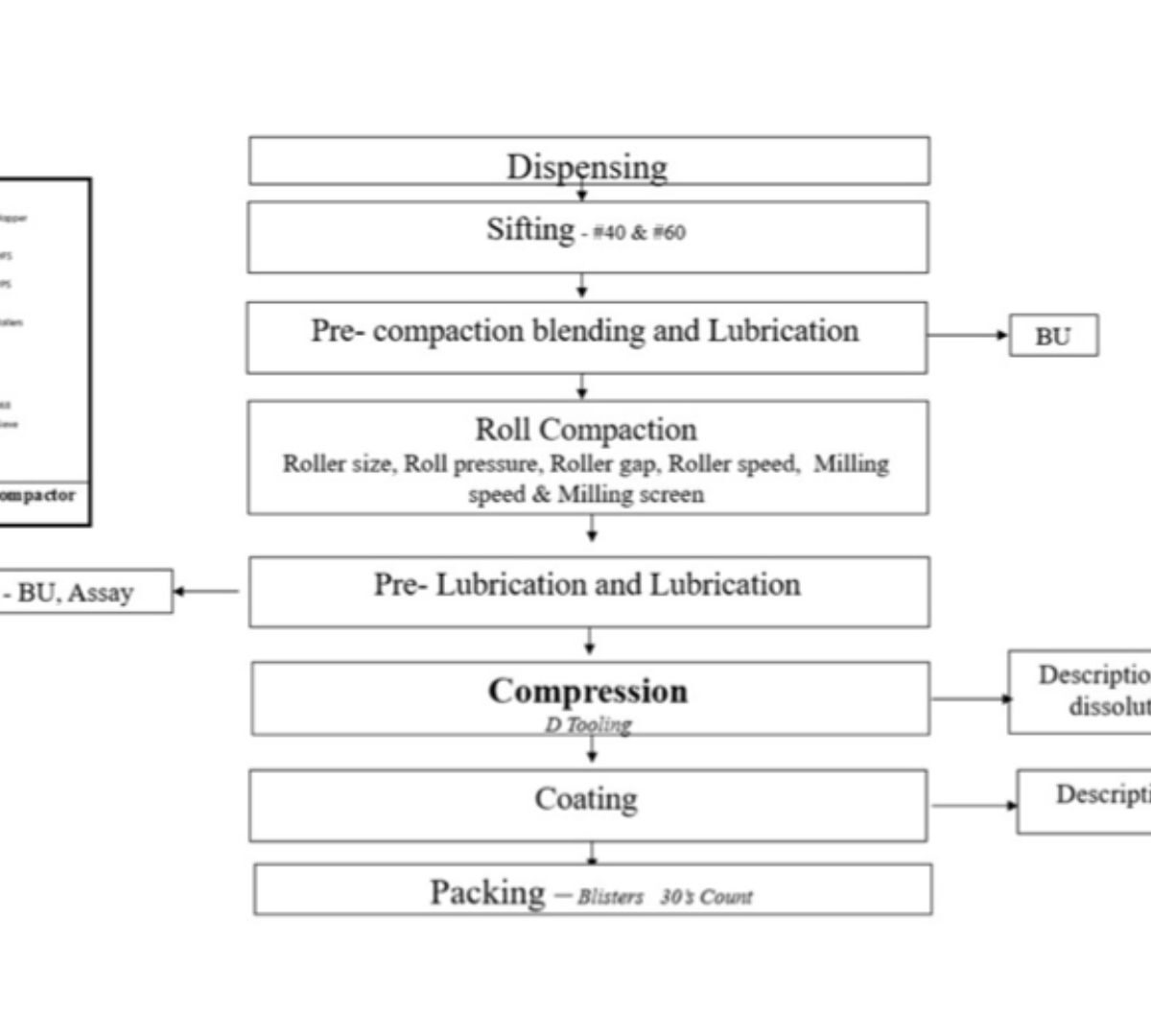
Model Integrated Evidence Approach for Rational and Safe Formulation Development: case of alfuzosin prolonged-release tablets
The model integrated evidence (MIE) approach aims to utilize simulation tools like physiologically based biopharmaceutic model (PBBM) or physiologically based pharmacokinetic (PBPK) model for the development of new drugs and generic formulations.
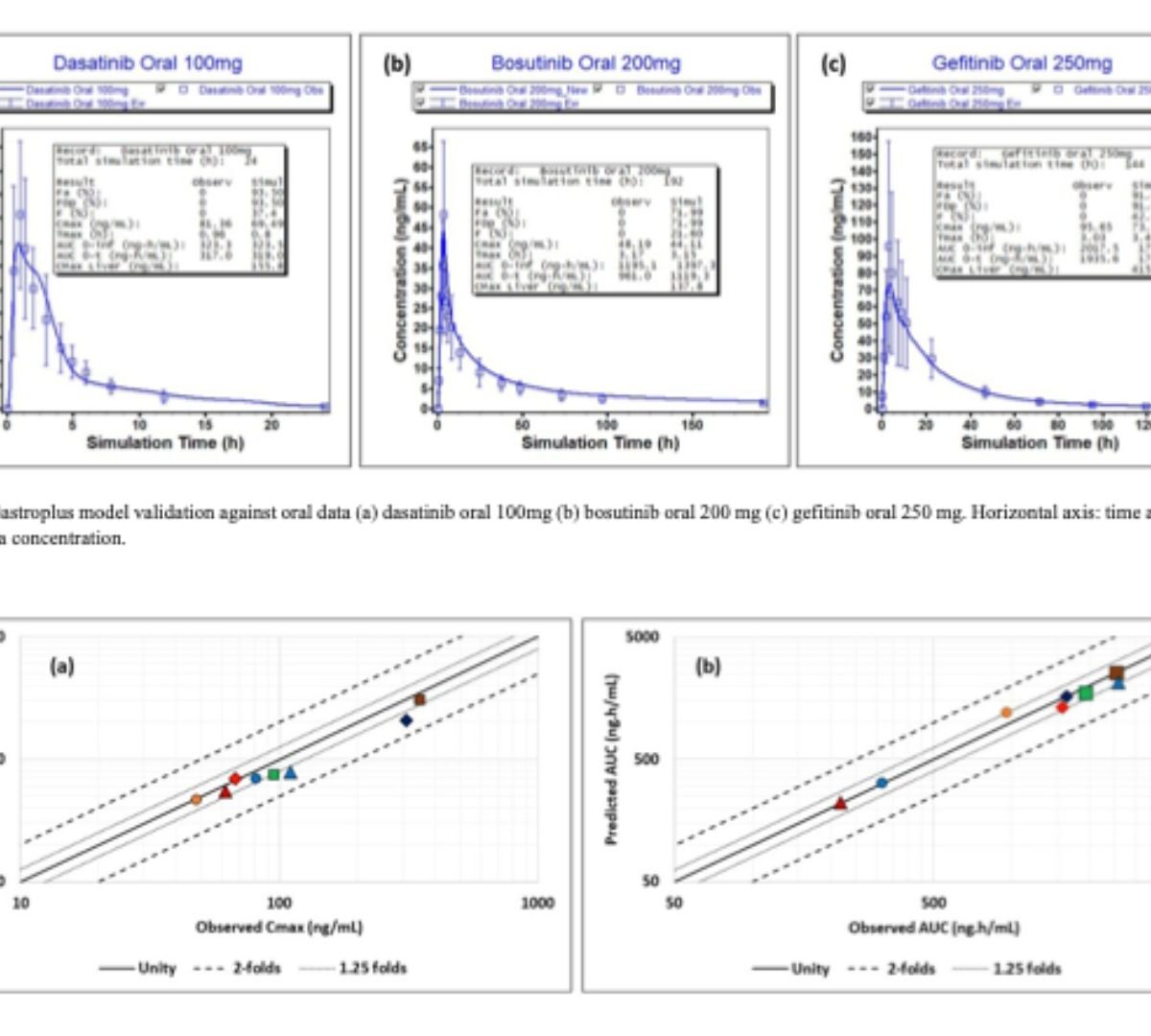
Role of Physiologically Based Biopharmaceutics Modeling in Predicting and Circumventing the Drug-Drug Interactions of Tyrosine Kinase Inhibitors with Acid-Reducing Agents
Tyrosine kinase inhibitors (TKIs) are molecular targeting agents used to treat various types of cancer. During the treatment with TKIs, acid-reducing agents (ARAs) are prescribed to prevent gastric mucosal damage.

Evaluation of Violacein Metabolic Stability and Metabolite Identification in Human, Mouse, and Rat Liver Microsomes
Malaria significantly impacts the health of populations living in poverty and vulnerable conditions. Resistance to current antimalarial drugs remains a major challenge and highlights the urgent need for novel, effective, and safer therapies.

An Ocular Exposure Prediction for Topical Atropine in Human Using Physiologically Based Pharmacokinetic Modeling
Developing a mathematical model to predict the distribution and bioavailability of atropine in human eyes is an insight approach for clinical practice.
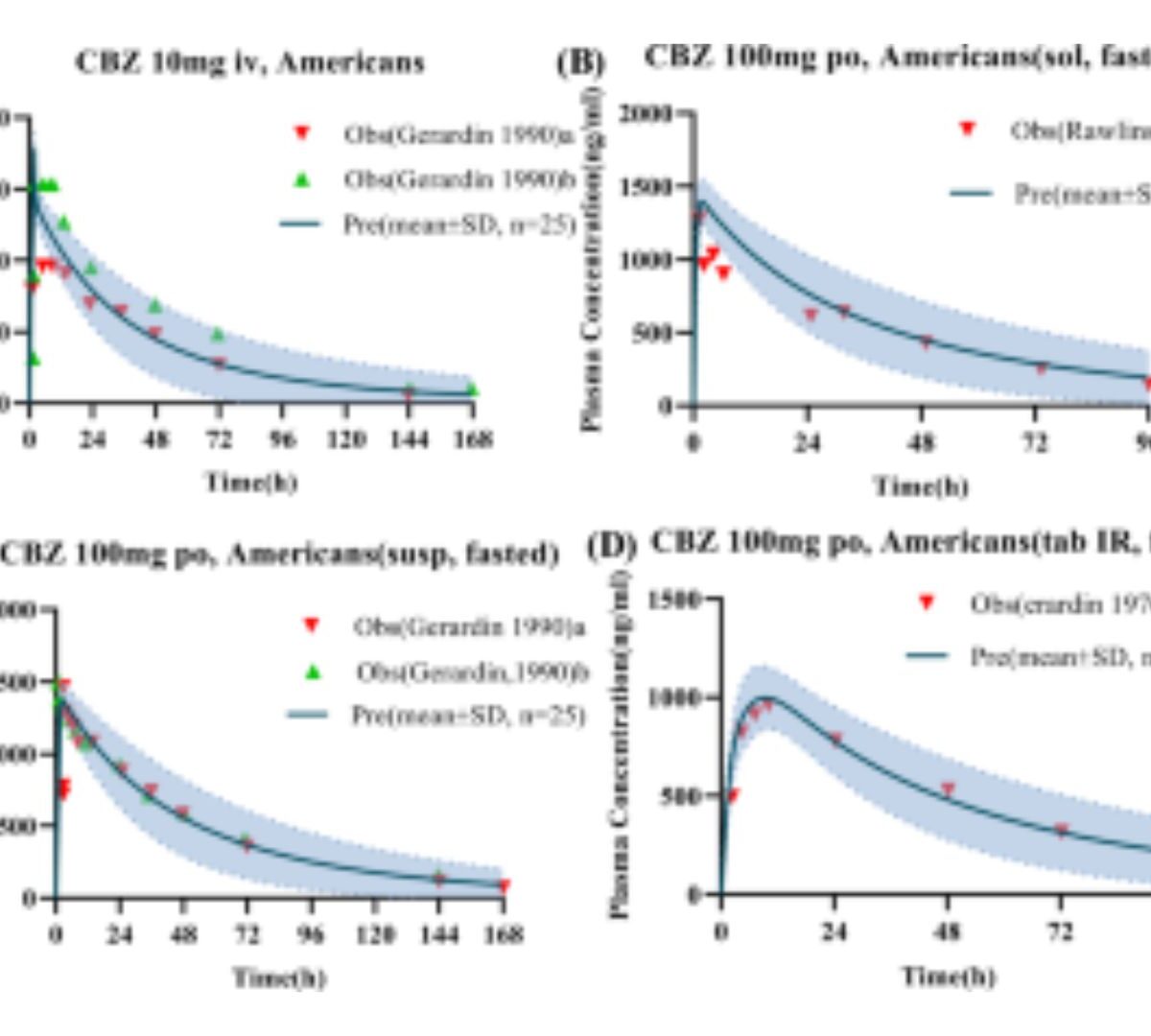
Establishing Clinically Relevant Specifications for Carbamazepine Tablets Using Physiologically Based Pharmacokinetic Modeling
The purpose of this study was to establish a clinically relevant specification for carbamazepine (CBZ) tablets, a classic narrow therapeutic index drug (NTID), within the Chinese population.

Structural Modification of Aceclofenac to Design Enhanced COX-2 Inhibitors: A Medicinal and Toxicological Study
Aceclofenac (ACF) is a nonsteroidal anti-inflammatory drug (NSAID), prescribed for treating pain and inflammation.

Microfluidic Device Successfully Replaces Traditional Models of Pregnancy Associated Drug Pharmacokinetic Studies
Pregnant and lactating people remain therapeutic orphans as they are often excluded from clinical trials, remaining one of the most therapeutically vulnerable.

Predicting and Confirming Bioequivalence of Alpelisib Oral Granules and Tablets for Patients With PIK3CA-Related Disorders
Alpelisib, an oral α-specific phosphoinositide 3-kinase (PI3K) inhibitor, has been shown to be safe and effective for some patients with gain-of-function mutation in the PIK3CA oncogene

Clinical Pharmacology Considerations and Application of Model-Informed Drug Development in the Development of Drugs and Biological Products for Rare Diseases
The challenges of developing drug and biological products for rare diseases

ADME profile of AP-238 – opioid designer drug (CAS: 140924-11-4): first application of multi-in silico approach methodology for comprehensive prediction of ADME profile (absorption, distribution, metabolism and excretion) important for clinical toxicology and forensic purposes
AP-238 is a recently emerged opioid designer drug from the cinnamylpiperazine class, raising increasing concern in forensic and clinical toxicology due to its potential for abuse and limited ADME (absorption, distribution, metabolism, and excretion) profile.
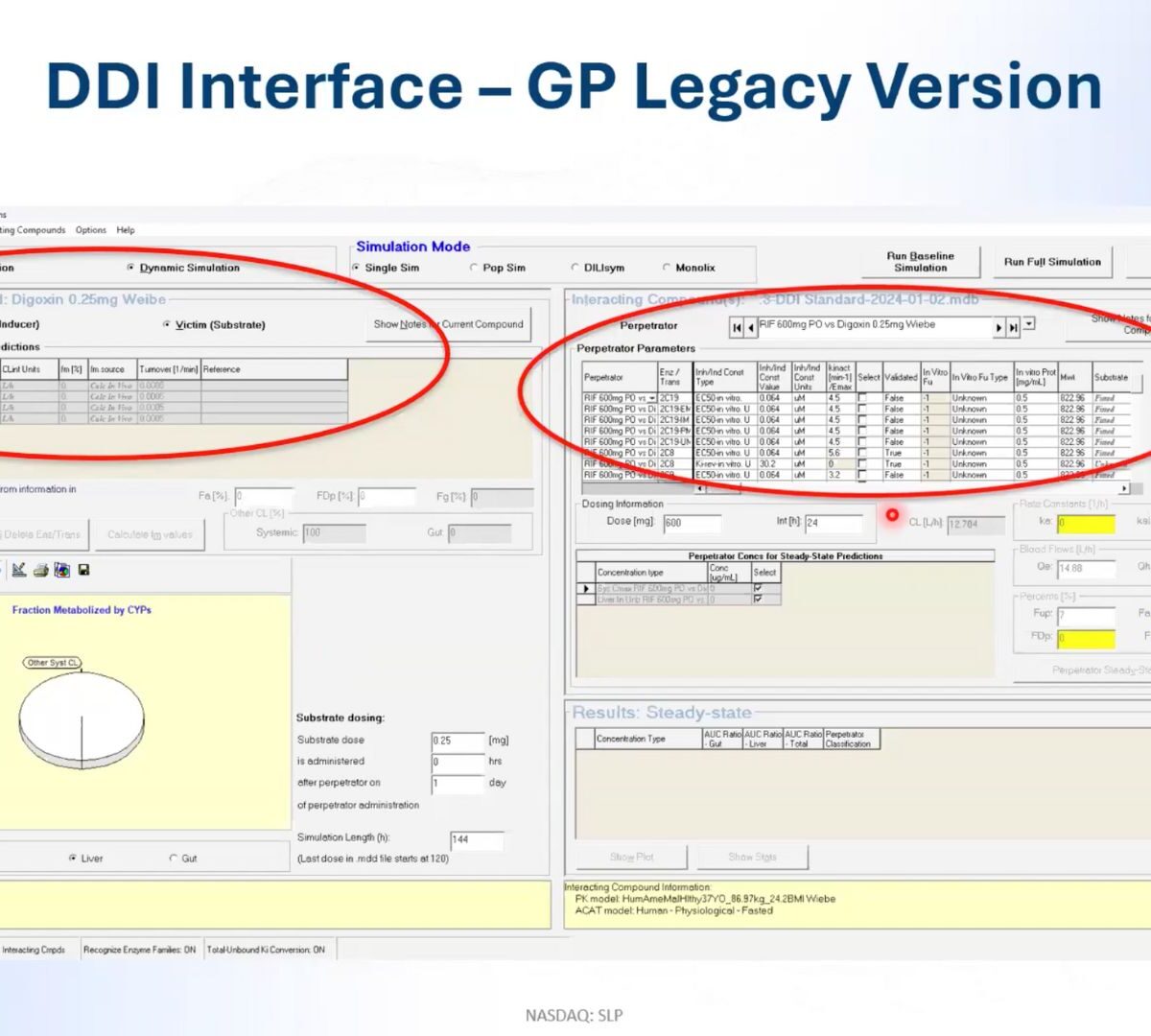
Mastering DDI Risk Assessment: Navigate Complexities of Transporter-Mediated DDIs
Transporters play a critical role in drug absorption, distribution, and elimination, and their involvement in drug-drug interactions (DDIs) can lead to altered drug concentrations and unexpected adverse effects that hamper the effectiveness of the treatment.

Extrapolation of Midazolam Disposition in Neonates Using Physiological-Based Pharmacokinetic/Pharmacodynamic Modeling
There is a shortage of data in clinical studies of neonatal populations, which often utilize extrapolation strategies and model simulation techniques to support drug development and clinical applications.

Utilizing Physiologically Based Pharmacokinetic Models to Support Rational Medication in Chinese Elderly Population
China is undergoing a pronounced shift towards an aging society, wherein the elderly constitute a prominent demographic relying significantly on medications.
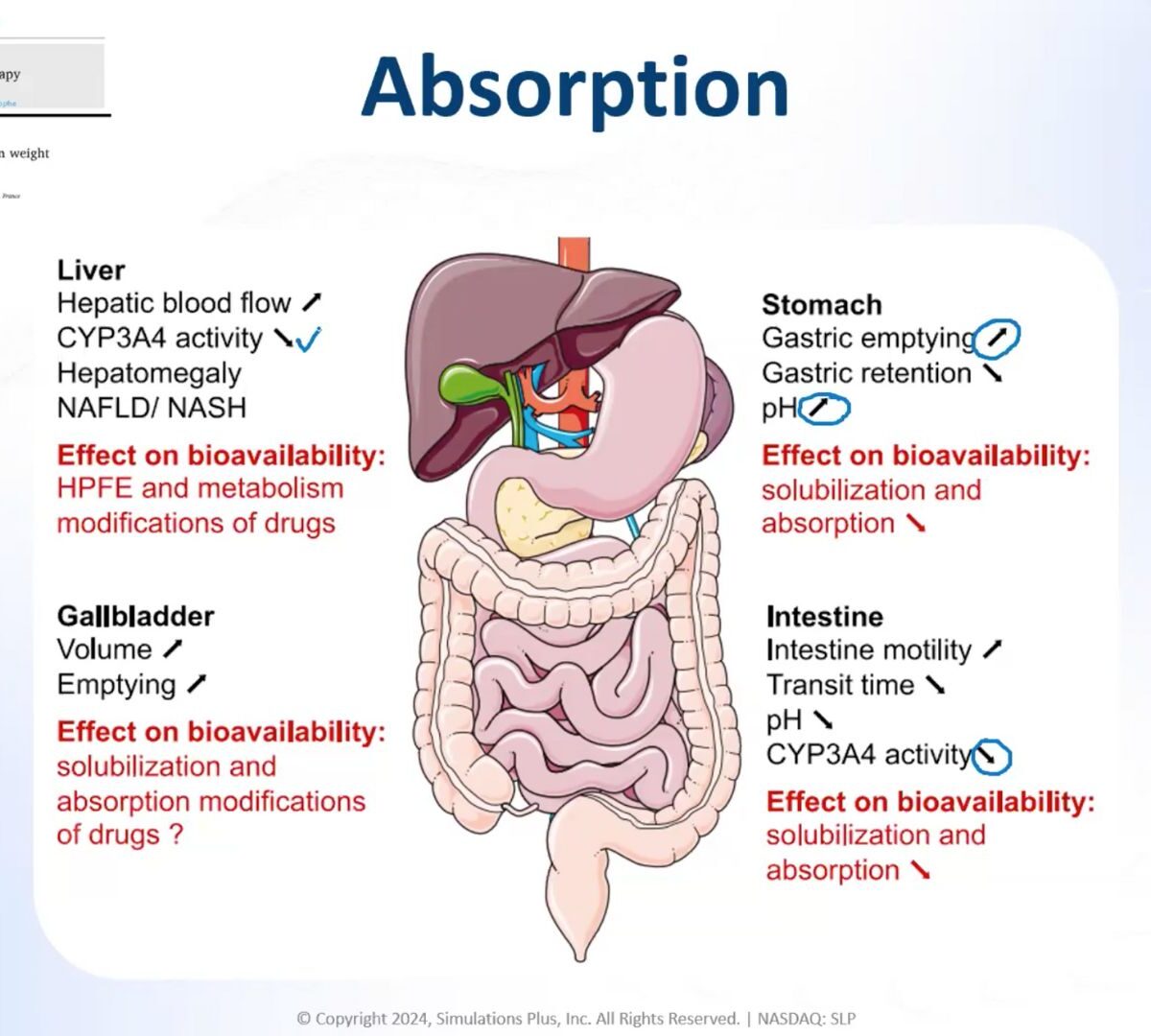
Focus Your Obesity Pipeline for Clinical Success: Delivering the Right Compound at the Right Dose for the Right Patient
Driving the development of your obesity drug assets efficiently is critical for success

Simulations Plus Supports New FDA Roadmap for Reducing Animal Testing in Preclinical Safety Studies
Modeling and simulation will be a key component for shift to non-animal methodologies
Introducing NAMVantage(TM), a flagship package offering PBPK and QSP professional services and regulatory strategy combined with built-in coaching and training
